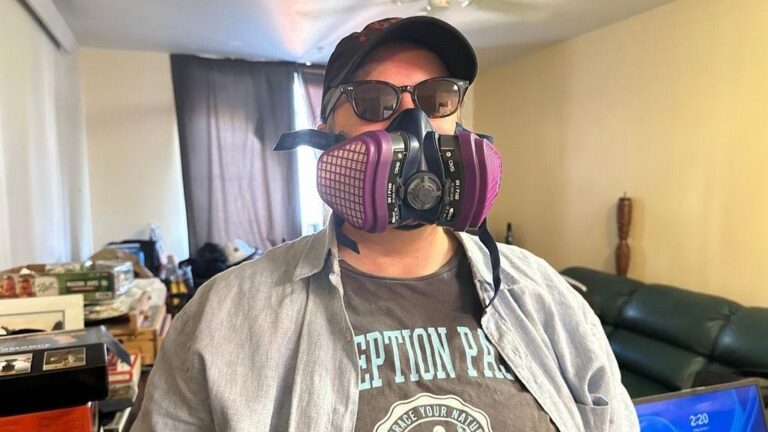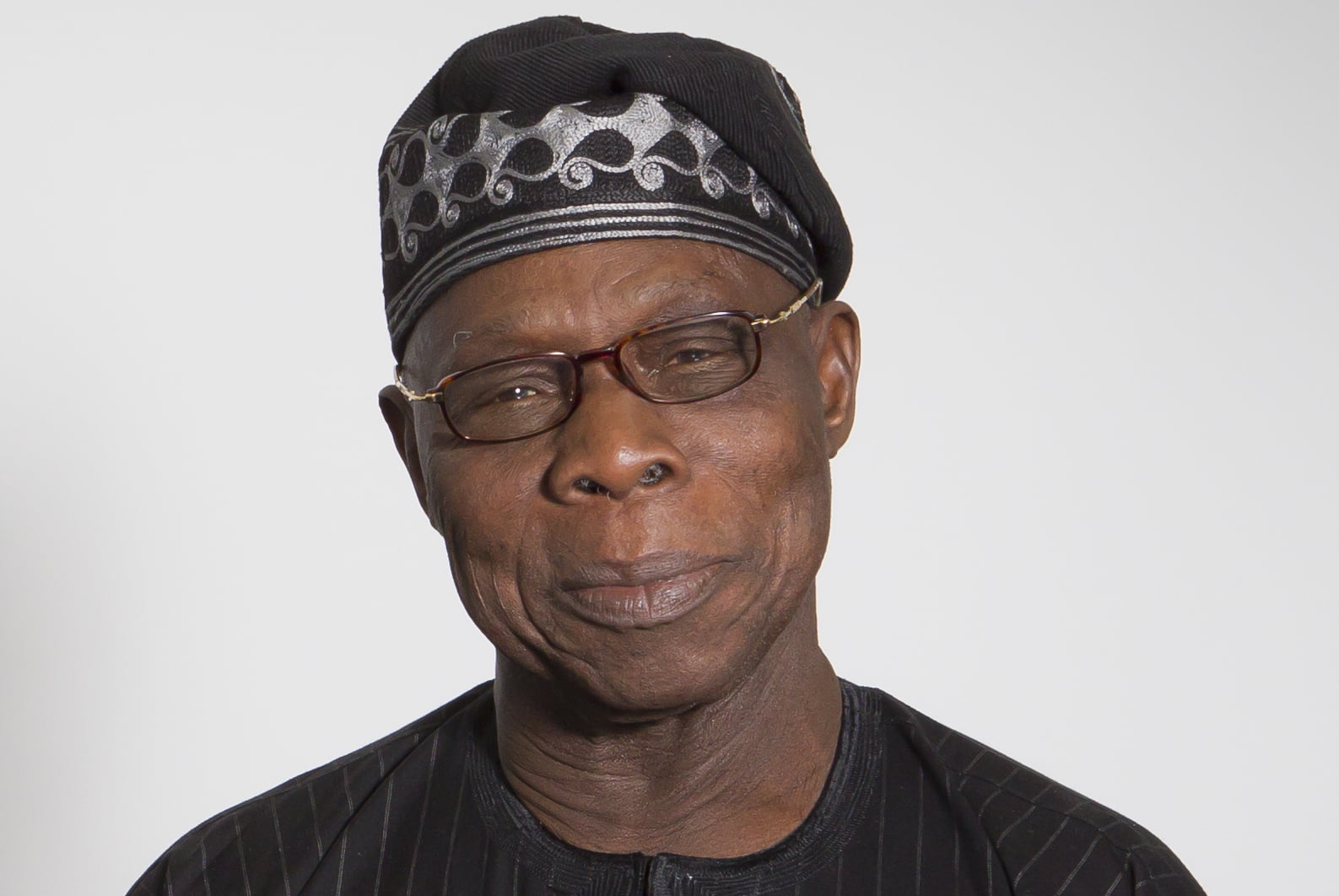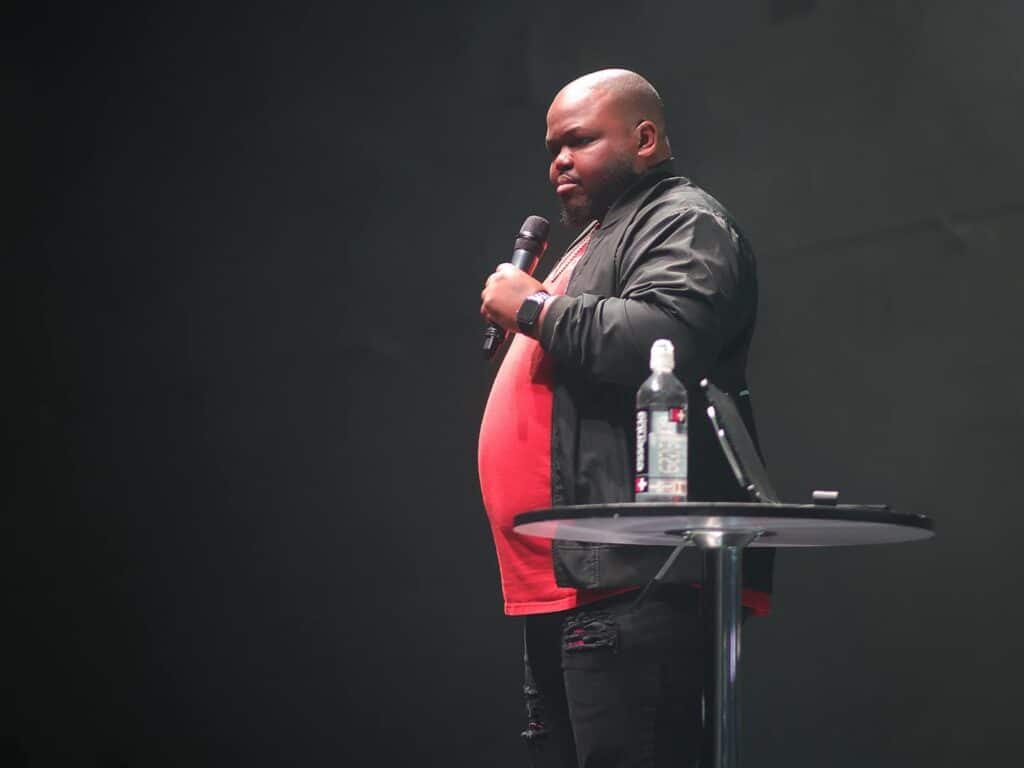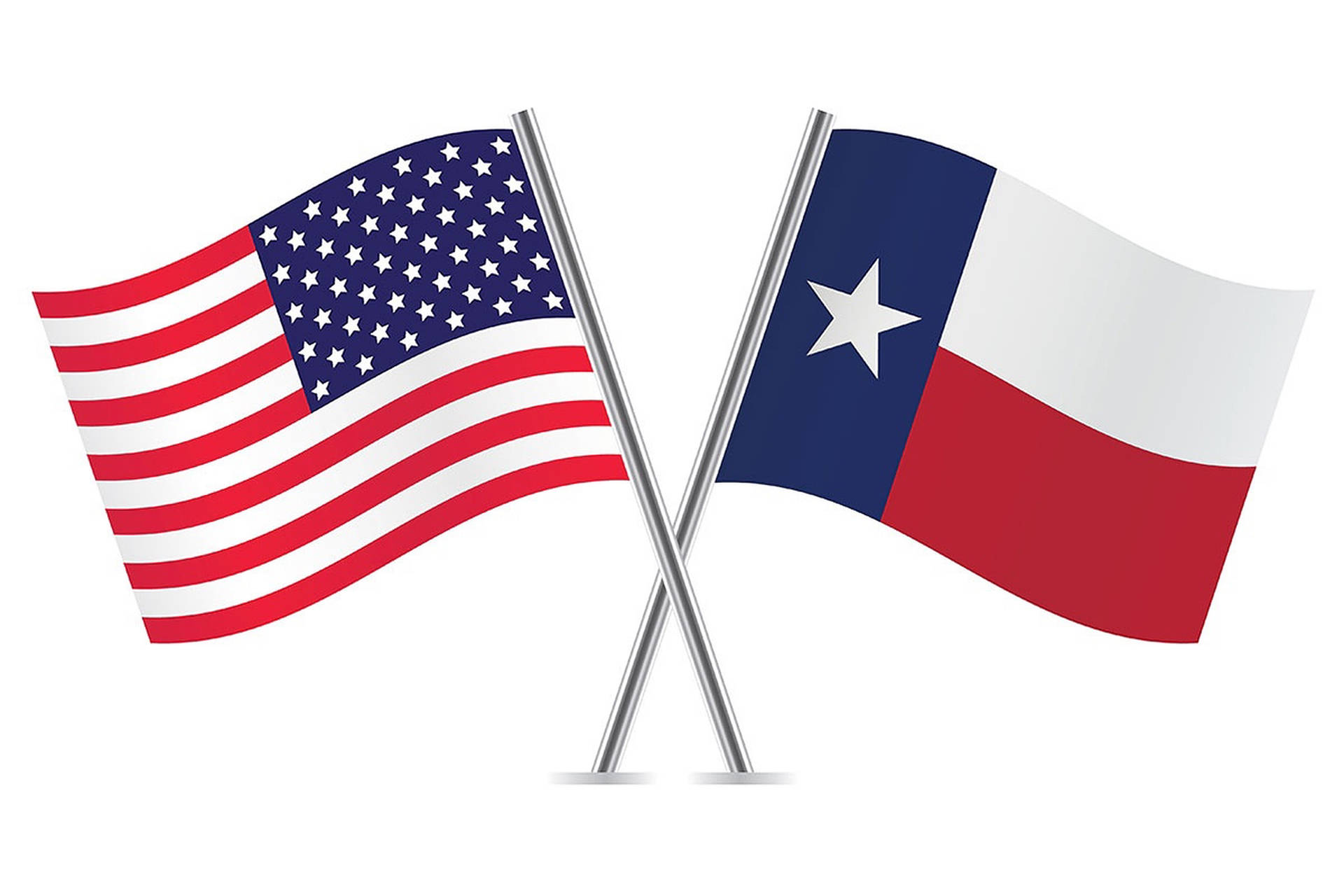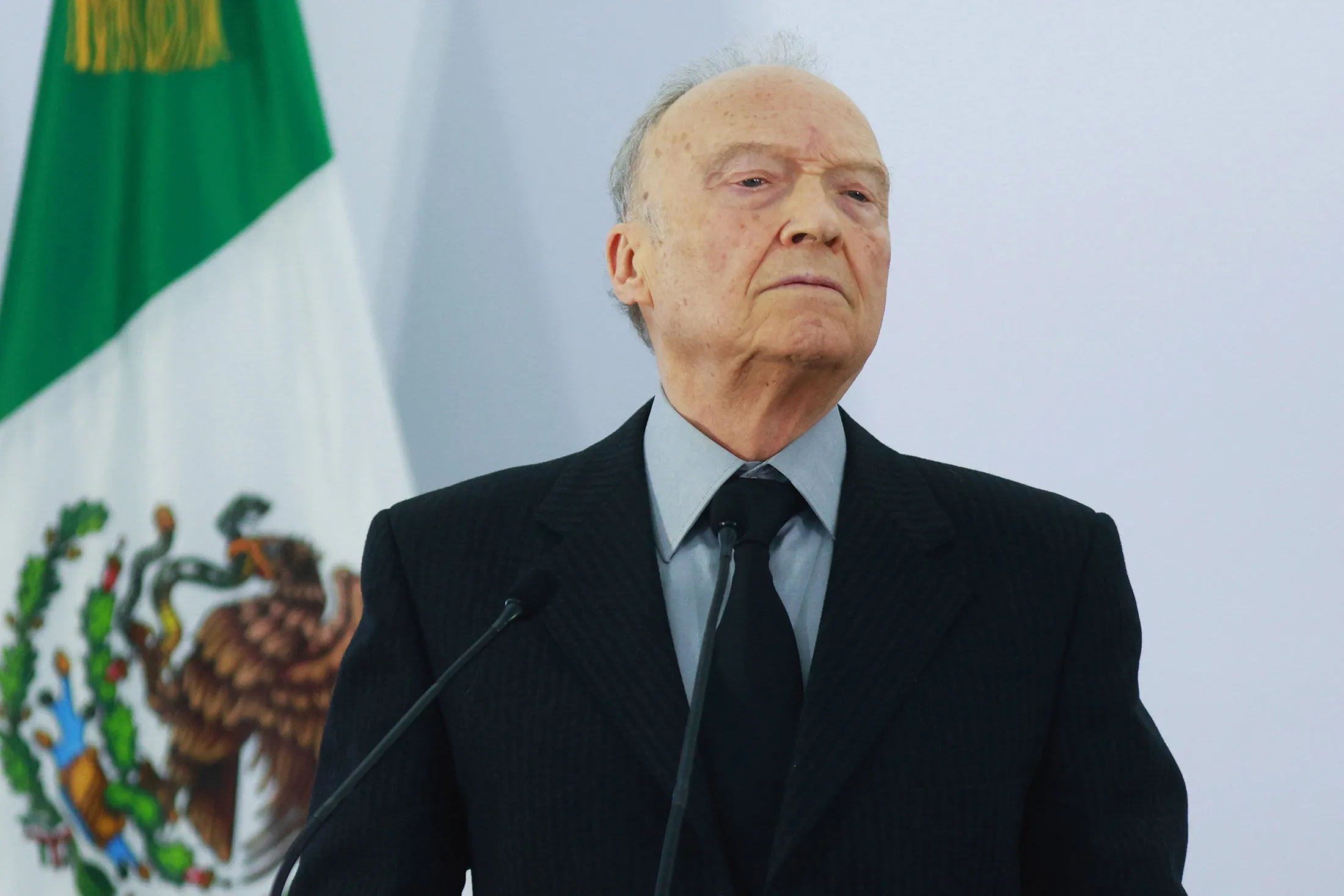For Brennah Hammar, life across from the federal immigration building in Portland has become a nightly ordeal. Tear gas creeps into her apartment, forcing her to wear a gas mask — even while sleeping. The once-quiet streets of her South Waterfront neighborhood have transformed into a battlefield, where clashes between masked protesters and federal agents erupt night after night.
“It’s like a war zone,” she says, describing the tension and fear that now dominate her home. Residents here are caught between opposing sides, unsure who to blame. Some point to extreme anti-fascist protesters, while others accuse federal agents of provoking violence through aggressive tactics. Inside the apartment complex, confrontations, threats, and occasional assaults have become a grim reality.
Nearby, a local school relocated after munitions were repeatedly found on its playground, a stark reminder of how deeply the unrest has penetrated the community. For many residents, the protests are not just news headlines — they are a personal struggle, shaping daily routines and instilling constant anxiety.
“I only come out during the day,” says another resident, describing the careful navigation required to avoid conflict. Many carry bear mace, stun guns, or other means of protection, bracing for unpredictable encounters. Even simple walks, errands, and social interactions are shadowed by the possibility of confrontation or exposure to tear gas.
Read Also: Trump Calls All Chicago ‘War Zone’ As Court Blocks Troop Move
City officials and local leaders have faced growing pressure to respond, while federal authorities argue for reinforcements to protect buildings and personnel. Meanwhile, residents continue to endure nights of chaos, their lives tethered to the rhythms of protest and suppression. The tension between government action and civilian safety plays out with every explosion of pepper spray, every clash in the streets, and every siren echoing through the night.
Yet amid the unrest, life outside these immediate flashpoints continues. Daytime activities, like marathons and community gatherings, go on largely unaffected, offering a stark contrast to the chaos of the night. For residents living in the shadow of nightly confrontations, however, the danger is immediate and unrelenting.
For Hammar and countless others, the protests have become more than political statements; they are an all-consuming presence, shaping lives, habits, and even sleep. In Portland’s South Waterfront, fear has taken root alongside civic unrest, leaving ordinary citizens to navigate the daily reality of a city caught between ideals, anger, and the constant strain of survival.

